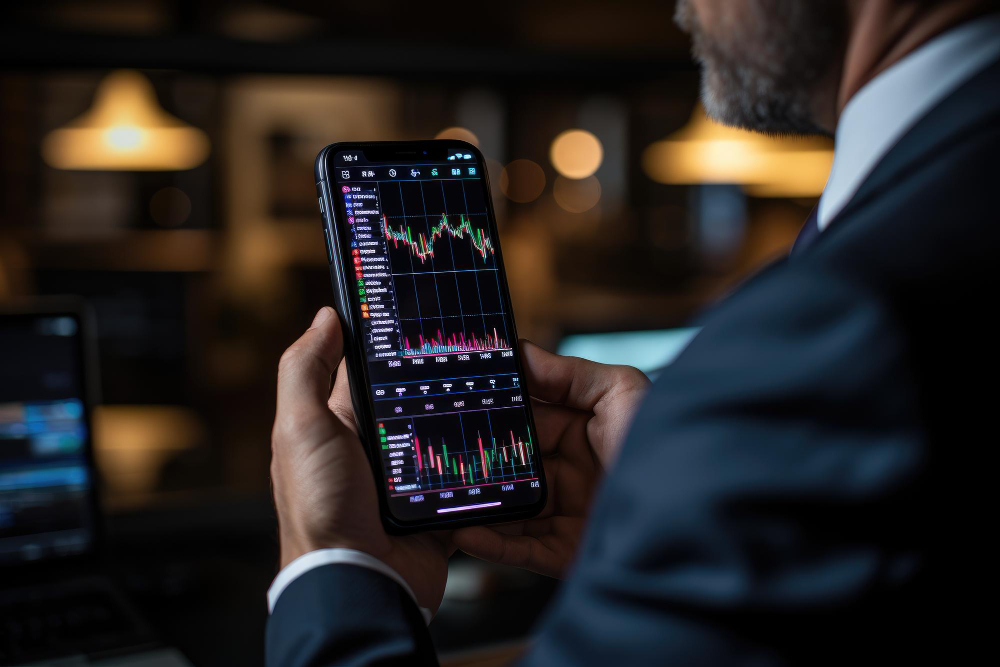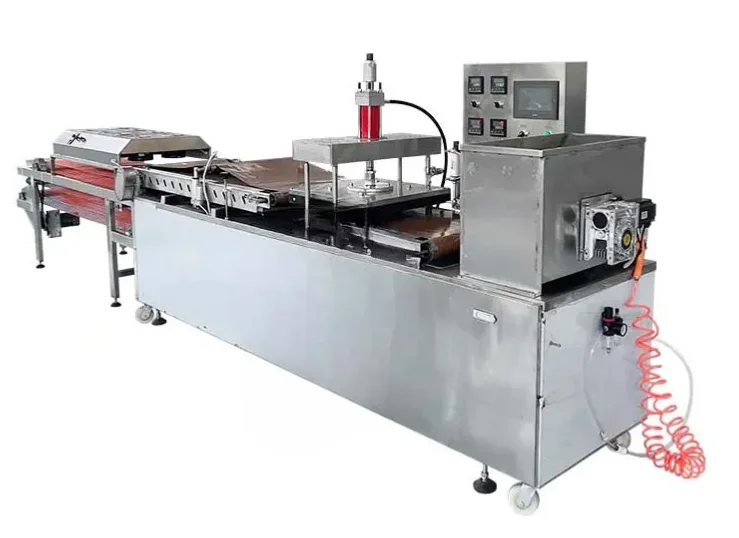Market Orders vs. Limit Orders: Choosing the Right Execution Strategy

To succeed in the financial markets, it is very important to make trading decisions quickly and well. Traders face many options; however, a basic choice they need to make is whether to use market orders or limit orders when they execute trades. Each kind of order has its own benefits and dangers; because of this, it is very important for traders with certain goals to grasp these differences. This helps them create the best plan that fits what they need. However, it is important to choose the best app to buy shares for trading. We are going to look closely at market orders and limit orders in this article; also highlight their special features, the good things about them – along with possible drawbacks.
Understanding Market Orders
The instruction from the trader to purchase or sell a financial asset at the current market rate is called a market order. When the trader starts this, their main goal is quick completion of the trade not worrying about the cost. For situations where time is very important, like in fast-changing markets or when you need to be sure that the transaction happens no matter what the cost, it’s good to remember: that market orders are completed right away.
Advantages of Market Orders:
Instant Execution
Carrying out market orders quickly makes sure a trade finishes without waiting. This approach is especially beneficial in markets with lots of price changes or when moving into and out of trades fast is important.
High Probability of Execution
Market orders focus on completing the trade before considering the price, which means there is a strong chance that the order will be filled. This happens more often with assets that have many people buying and selling them.
Simplicity
For traders who like simple trading, market orders are good because they are easy to do and clear.
Considerations with Market Orders:
Price Volatility Risk
The potential for slippage, where rapid price changes may cause the executed price to differ from the expected one, constitutes a chief drawback of market orders. This circumstance can engender unfavourable execution prices—especially under volatile market conditions.
Lack of Price Control
Traders, prioritizing execution speed over price in market orders, exercise limited control on the execution price; this may yield unfavourable fill prices–particularly within thinly traded markets or amidst heightened volatility periods.
Understanding Limit Orders
Contrasting market orders, limit orders grant traders enhanced command over their trade execution prices. A specific maximum purchasing price or minimum selling price is stipulated by a buyer through their limit order; correspondingly, sellers specify the minimum amount they’re willing to sell for. Execution of the transaction will occur exclusively at this indicated rate – or an improved one- thus offering certainty regarding pricing but possibly deferring action.
Advantages of Limit Orders:
Price Control
Traders, through the use of limit orders, can establish precise price levels for buying or selling; this approach grants them enhanced control over execution prices. Consequently–by facilitating the attainment of more advantageous entry and exit points–traders may optimize profits while also curtailing potential losses.
Mitigation of Slippage
Limit orders, by specifying a price threshold, mitigate the risk of slippage often associated with market orders. Traders can circumvent unexpected price fluctuations; furthermore, they guarantee the execution of their trades at desired levels–thus ensuring optimal trade profitability.
Patience and Strategy
Traders who adopt a patient and strategic approach to trading find suitability in limited orders. By patiently waiting for prices to attain their predetermined levels, these traders effectively capitalize on favourable market movements while skillfully sidestepping impulsive decisions.
Considerations with Limit Orders:
Execution Risk
Limit orders promise price control; however, they don’t ensure execution if prices fail to meet the specified levels. Fast-moving markets or low liquidity periods can cause unfilled limit orders–a scenario that leads to missed trading opportunities.
Potential for Partial Fills
When prices briefly touch the specified limit price but do not sustain at that level, they may only execute a portion of limit orders. This circumstance can complicate trade management necessitating further adjustments.
Choosing the Right Execution Strategy
Various factors such as market conditions, trading objectives, risk tolerance and individual preferences determine the appropriate execution strategy: whether it’s a market order or limit order.
Market Orders
Particularly suited for traders prioritizing the immediate execution of their trades over price certainty, are market orders. These specific individuals willingly embrace slippage’s inherent risk: a deviation in executed price from expected value due to swift market movements–a sign that they value speed above all else. In highly liquid markets with ample trading volume and tight bid-ask spreads, market orders truly shine; this is where their excellence manifests itself. When operating in dynamic market conditions characterized by rapid price fluctuations, swift execution of trades to capitalize on fleeting opportunities or enter and exit positions without delay becomes a priority. In these fast-moving markets where securing a favourable execution price hinges upon every second, market orders prove advantageous. These traders depend on market orders; they guarantee timely execution which enables them to swiftly respond to shifting market dynamics and exploit short-lived price movements.
Limit Orders
Traders who are careful about managing the prices of their deals often choose limit orders because they like to wait until the price reaches a certain point before they decide to buy or sell. These traders set specific target prices, hoping that their trades will happen at these rates, and sometimes this method can result in getting a better price for their trade. Traders who focus on exact timing and the state of the market like using limit orders because this method gives them power over the price, helping them to avoid bad deals.
Traders, who are careful in their talks and skilled at finding the right market price, often choose limit orders. By doing this, they show that they have power over their deals—they do not make quick choices because of small changes in the market—and they use good prices to their benefit. This way helps protect them from buying or selling too soon and makes sure they get the most out of good price situations. People who use limit orders improve their trading outcomes because they stick to a set plan and wait patiently, avoiding decisions based on emotions.
Conclusion
To put it simply, when you want to trade, you have to think about using market orders or limit orders because they are different in what they do for you. Deciding which one depends on what result a trader wants from the trading. It is very important to know how both kinds of orders work so that traders can make the best choices. Utilize Espresso best trading app helps you to understand the trading market. Also, watching the markets closely really helps in reaching money goals.

6 Tips To Unlock New Business Opportunities With My Aged Care Registration

The Hidden Business Power of Storytelling Through Books

Diamond Painting Apps & Digital Tools for 2025 Artists

Accelerating drug discovery through the DEL-ML-CS approach

AI in Marketing Is No Longer a Buzzword — It’s the Strategy

6 Tips To Unlock New Business Opportunities With My Aged Care Registration

The Hidden Business Power of Storytelling Through Books

Diamond Painting Apps & Digital Tools for 2025 Artists








